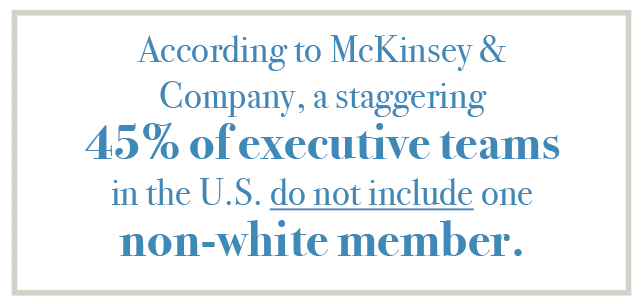The U.S. Census Bureau’s 2018 American Community Survey one-year estimates reveal that the national poverty rate was 11.8 percent in 2018, a decrease from 12.3 percent in 2017. Fourteen states had a poverty decline, while Connecticut was the only state to have an increase during the same time period. Seven states had poverty rates lower than 10 percent in 2018, but other states have the highest poverty rates up to 19.7 percent. Read more for a list of the states with the highest poverty rates.

Know an Incredible Woman Preserving the
Quality of Life During COVID-19?
Submit your story today!
Read More

Consulting & Branding Opportunities
Grant your business access to insider,
proven knowledge to improve the quality of your procured
services and maximize business performance.

If you need D&I
Contact Us!
A Team Focused on Bring Diversity and Inclusion to Every Level
Learn More

#1 Top Real Estate Influencer
Desiree Patno
Diversity & Inclusion, Quality of Life, Know the Rules of the Game ®
Your Next Event
Grow Your Business
NAWRB: An SBA Resource
NAWRB is listed as a women-owned business resource for the SBA.
Check It Out
NAWRB Aging Population
Help Protect Elders
from Financial Abuse
Over $36.5 billion a year is lost annually in the U.S.
Prevent Financial Abuse

Women's Homeownership:
Dream. Stability. Sanctuary.
Life often presents us
with unplanned disruptions.

AI Technology
with
a Human Touch
Is
The Perfect Balance


NAWRB Women's Global Resource Center
A women’s depository for vendors & clients to grow their diverse spend & increase women’s employment at all levels within the housing ecosystem.

Tag Archives: Race
Discrimination in the AI Industry Contributes to Discriminatory AI Systems
A new report from New York University’s AI Now Institute titled Discriminating Systems: Gender, Race and Power in AI highlights the diversity crisis in the Artificial Intelligence (AI) sector and its effect on the development of AI systems with gender and racial biases.
The lack of diversity in the AI sector and academia spans across gender and race. Recent studies show that women comprise only 15 percent of AI research staff at Facebook and 10 percent at Google. Women make up 18 percent of authors at leading AI conferences, while more than 80 percent of AI professors are men. Representation of other minorities is also sparse. Only 2.5 percent of Google’s workforce is black, while this is true of 4 percent for both Facebook and Microsoft.
According to researchers, AI’s lack of diversity extends past the underrepresentation of women and other minority groups to power structures and the creation and use of various AI systems. Most of all, the report suggests that historical discrimination in the AI sector needs to be addressed in tandem with biases found in AI systems.
Continue reading →
Current Corporate Management Diversity
The diversity of business owners strengthens our nation as their unique perspectives are woven into their businesses, communities, and local and regional economies. However, our nation’s rich diversity still is not reflected in the leadership of companies that sell us products and services and ask us to invest. What a loss.
The Status Quo
Today in the United States, women make up 51 percent of the population. We are 13 percent African American, 18 percent Latino, and six percent Asian Pacific Islander. Yet, here it is 2018, and I am only the 10th woman ever elected to statewide office in California – the most ethnically diverse and most progressive state in the nation. The lack of diversity among our elected officials is woefully apparent. However, behind the doors of board rooms and C-suites across the country, corporations are failing to integrate diversity, and decisions are made without the range of perspectives that differing backgrounds bring.
 According to McKinsey & Company, a staggering 45 percent of executive teams in the U.S. do not include one non-white member. Only about three percent of senior executive teams actually reflect the diverse make-up of our population. Fewer than one percent of Fortune 500 board directors are openly LGBT.
According to McKinsey & Company, a staggering 45 percent of executive teams in the U.S. do not include one non-white member. Only about three percent of senior executive teams actually reflect the diverse make-up of our population. Fewer than one percent of Fortune 500 board directors are openly LGBT.
Equally disturbing is the divide between the way male and female directors view diversity. A PricewaterhouseCoopers report found that 80 percent of women agreed “very much” that diversity leads to more effective boards, compared to just 40 percent of men.

 Login
Login





